Beauty, Poise and Style
A new show at The Museum at FIT traces ballet's influence on high fashion in the modern era
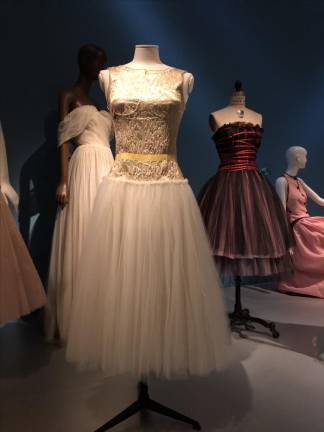
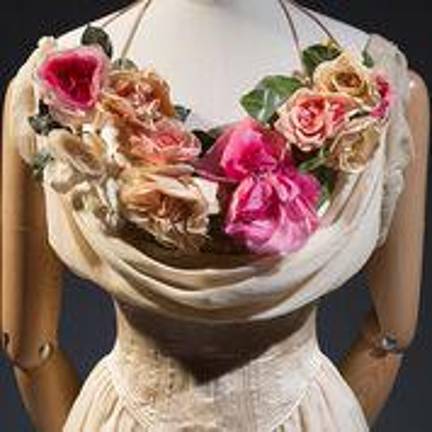
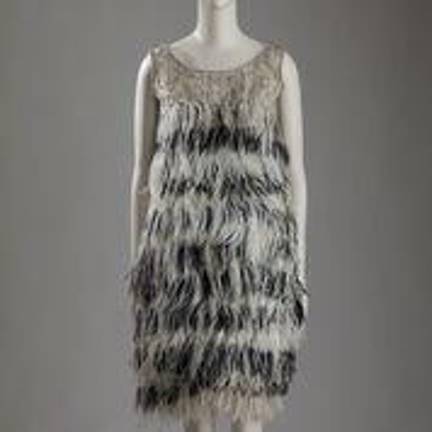
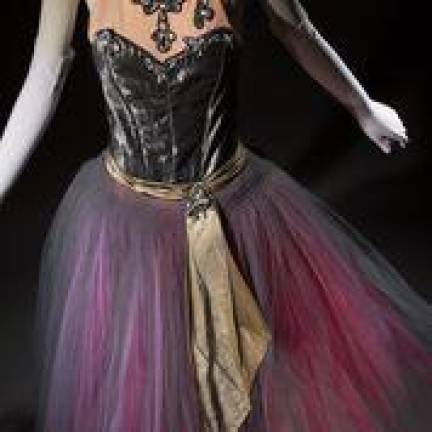
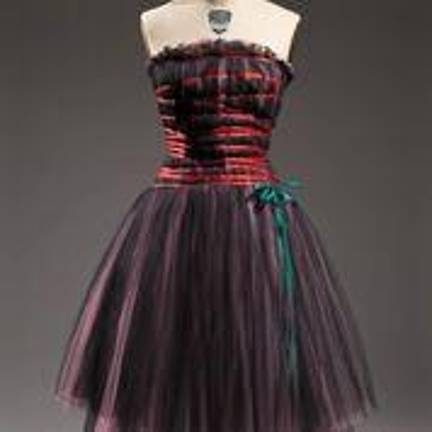
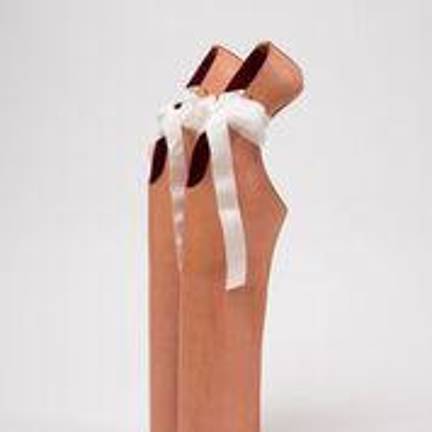
If you need a classical dance fix between now and the beginning of the New York City Ballet’s spring season in April, head downtown to The Museum at FIT, where a new exhibit explores ballet’s impact on the fashion industry, mid-20th century couture especially.
Today, ballerinas are revered as artists, paragons of elegance and grace. But that was not always the case. Until the early 1900s, the ballerina was relegated to the fringes of society, exploited and not taken seriously. The profession was not considered respectable.
That started to change when Sergei Diaghilev’s Ballets Russes debuted in Paris in 1909, wowing audiences and unleashing “balletomania,” a fan frenzy that swept the West in the years between the world wars. The dancers in flesh-baring corsets and tutus became objects of worship and role models, not just for their beauty, their skill and their poise, but for their style.
Whereas ballet costumes had once drawn inspiration from couturiers, the couturiers were now taking their cues from the ballet. As Patricia Mears, deputy director of The Museum at FIT, recently wrote in an essay in Air Mail: “In fact, in the 1930s a one-sided, centuries-old practice, which saw ballet costumes appropriating the latest civilian trends, stopped. The tutu was now waving its wand over high fashion. Designs that invoked — and often were named for— swans and sylphs and fairies, especially The Sleeping Beauty’s Lilac Fairy, pervaded couture collections.”
Chanel, Dior and Much More
The glittery show at FIT boasts some 90 offerings, a profusion of tulle skirts — long ones and short ones — satin pointe shoes and feathery headpieces interspersed with the fashions they spawned, both haute-wear and ready-to-wear.
The legendaries are here — Coco Chanel, Christian Dior, Yves Saint Laurent, Pierre Balmain, Cristóbal Balenciaga and Charles James — along with lesser knowns with an enduring legacy, like Russian émigré Barbara Karinska, who collaborated with George Balanchine on costumes for the New York City Ballet after a brief stint as a couturier.
Aficionados will thrill to the sight of Anna Pavlova’s “Dying Swan” tutu (ca. 1920), crafted from silk satin and goose feathers, on loan from the Museum of London. But you don’t have to be a devotee to appreciate the show. An appreciation of beauty, haute fashion and a passing knowledge of the art form will suffice. It’s the stories behind the garments — and the people who wore them — that’s the draw.
A sub-theme looks at the ballerina as an image-conscious style icon, with superstar Margot Fonteyn’s dancing partnership with Rudolf Nureyev — and the mod clothes she wore after-hours in the swinging ‘60s — highlighted. Yves Saint Laurent became her go-to man in this period. A trio of the designer’s outfits that she rocked: a sequined mini-dress (1966), a Mondrian-patterned sheath (1965), and a wildly exuberant dress-and-coat in ostrich feathers (1965), just the ticket for tripping the light fantastic with Nureyev (there’s a charming photograph).
But Christian Dior was her first love. His refined black-wool “Daisy” suit (1947), “Goemon” coat (1947) and sequined “Debussy” gown (1950) are also showcased.
Virginia Johnson, a founding member of the Dance Theatre of Harlem and another fashion maven, favored Halston. His no-frills silk evening dresses (ca. 1980), two on display, are throwbacks to the disco era. They’re sleek, sexy and suited the body type of the long-legged prima ballerina.
Wide and Ongoing Influence
The crossover from the stage to the runway took many forms. It’s apparent in the evening gowns on view, with fitted bodices and poofy skirts, inspired by classical ballet; in the ballet-shoe-styled footwear, fabulously fetishized by Christian Louboutin and Noritaka Tatehana; and in the American ready-to-wear casual wear by the likes of Claire McCardell and Danskin’s Bonnie August, inspired by dance-rehearsal garb. Think leotards, tights and leg warmers as the inspiration for onesies, leggings and athleisure.
In a nod to the aesthetics of classical ballet, Couturier Charles James created romantic gowns from semi-sheer fabrics. He named “La Sylphide” (1937), on exhibit, after the eponymous ballerina in the dance classic. A dreamy debutante dress, the garment features a corset top, soft folds and a gorgeous array of silk roses across the chest.
James likely appropriated other elements from classical ballet. According to a recent post on the museum’s Instagram feed (@museumatfit), his “Swan” gown (1954), with sweeping, layered skirt, appears indebted to the long tutus produced from multi-colored layers of tulle by New York City Ballet costumer Barbara Karinska.
Her skirts of many colors, like the gray, pink and red tulle tutu she made for Balanchine’s La Valse (1951), on loan from the company, have echoes in the work of other couturiers (see Christian Lacroix’s black and pink silk net evening dress, ca. 1990).
By the 1980s, ballet’s influence on high-end fashion started to fade, “in large part because the great figures who gave rise to balletomania have passed,” Mears writes in the catalog, citing George Balanchine’s death in 1983.
Yet, after years of decline, the new millennium has witnessed a happy revival. Behnaz Sarafpour re-ignited the flame with her filmy white tulle and gold-brocaded evening dress, named one of the best dresses by People magazine in 2003 and worn by Selma Blair to The Met’s Costume Institute Gala that year.
And it goes on.
IF YOU GO
What: Ballerina: Fashion’s Modern Muse
Where: The Museum at FIT, Seventh Ave. at 27th St.
When: Through April 18.
fitnyc.edu/museum/